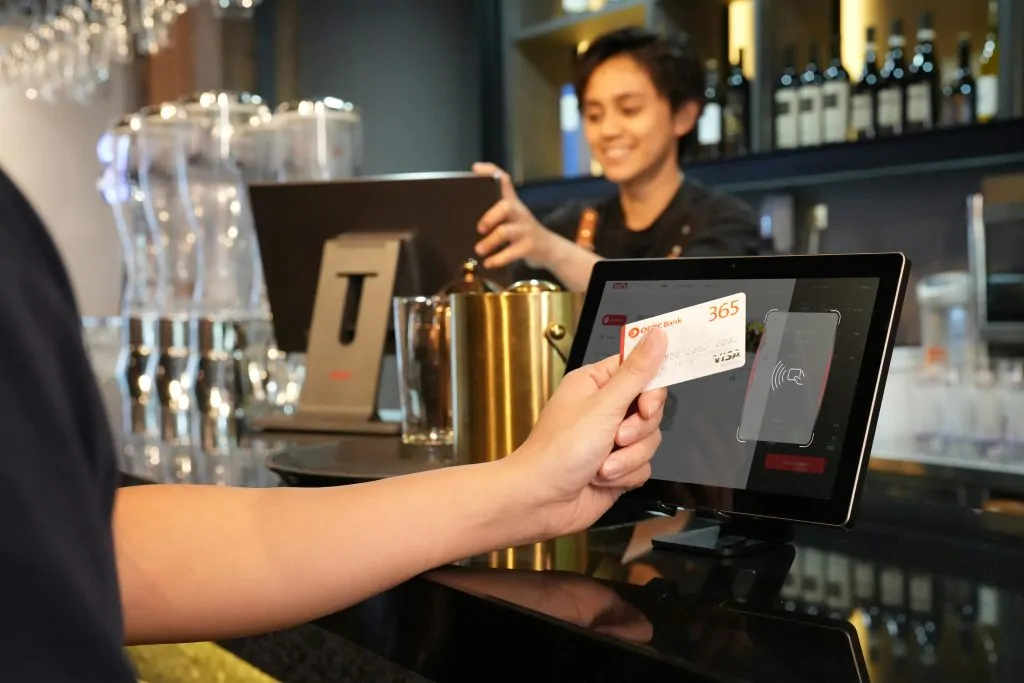Near-Field Communication (NFC) is a short-range wireless communication technology that enables devices to exchange data when they are in close proximity, typically within a few centimeters. Operating through magnetic field induction, NFC has become an integral part of modern digital interactions, offering a seamless and efficient way to connect devices and transfer information.

How NFC Works
NFC operates on the principle of electromagnetic induction between two loop antennas when they are brought close together. This proximity allows for the transfer of data without the need for physical connectors or complex setup procedures. NFC devices can function in three modes:
- Reader/Writer Mode: One device reads or writes data to an NFC tag, which is a passive storage medium.
- Peer-to-Peer Mode: Two NFC-enabled devices communicate directly to exchange information.
- Card Emulation Mode: An NFC device emulates a contactless card, enabling transactions like mobile payments.
Applications of NFC
NFC technology has a wide range of applications that enhance convenience and efficiency in daily life:
- Contactless Payments: Services like Apple Pay and Google Wallet allow users to make secure payments by simply tapping their devices at compatible point-of-sale terminals.
- Access Control: NFC-enabled cards or devices can grant access to secured areas, replacing traditional keys or access cards.
- Data Sharing: Users can quickly share contacts, photos, or files between devices by bringing them close together.
- Public Transportation: Many transit systems use NFC for ticketing, allowing passengers to tap their devices to pay fares.
- Smart Advertising: Interactive posters embedded with NFC tags provide additional information or promotional content when scanned with an NFC device.

Advantages of Near-Field Communication
The adoption of NFC technology offers several benefits:
- Ease of Use: NFC interactions are intuitive and quick, often requiring just a simple tap.
- Security: NFC transactions can be encrypted, and the short range reduces the risk of unauthorized interception.
- Versatility: NFC can be integrated into various devices, including smartphones, tablets, wearables, and smart cards.
Future of NFC
As the Internet of Things (IoT) continues to expand, NFC is poised to play a crucial role in connecting devices and facilitating seamless interactions. Its applications are expected to grow, encompassing areas like healthcare for patient data transfer, retail for personalized shopping experiences, and beyond.
In conclusion, NFC technology has transformed the way we interact with the digital world, providing a convenient and secure method for data exchange and transactions. Its ongoing development promises to bring even more innovative applications, further embedding NFC into the fabric of everyday life.
Webie Vietnam provides an intelligent Business Card system integrated with NFC, QR Code, and Bar Code technology, catering to various business models




